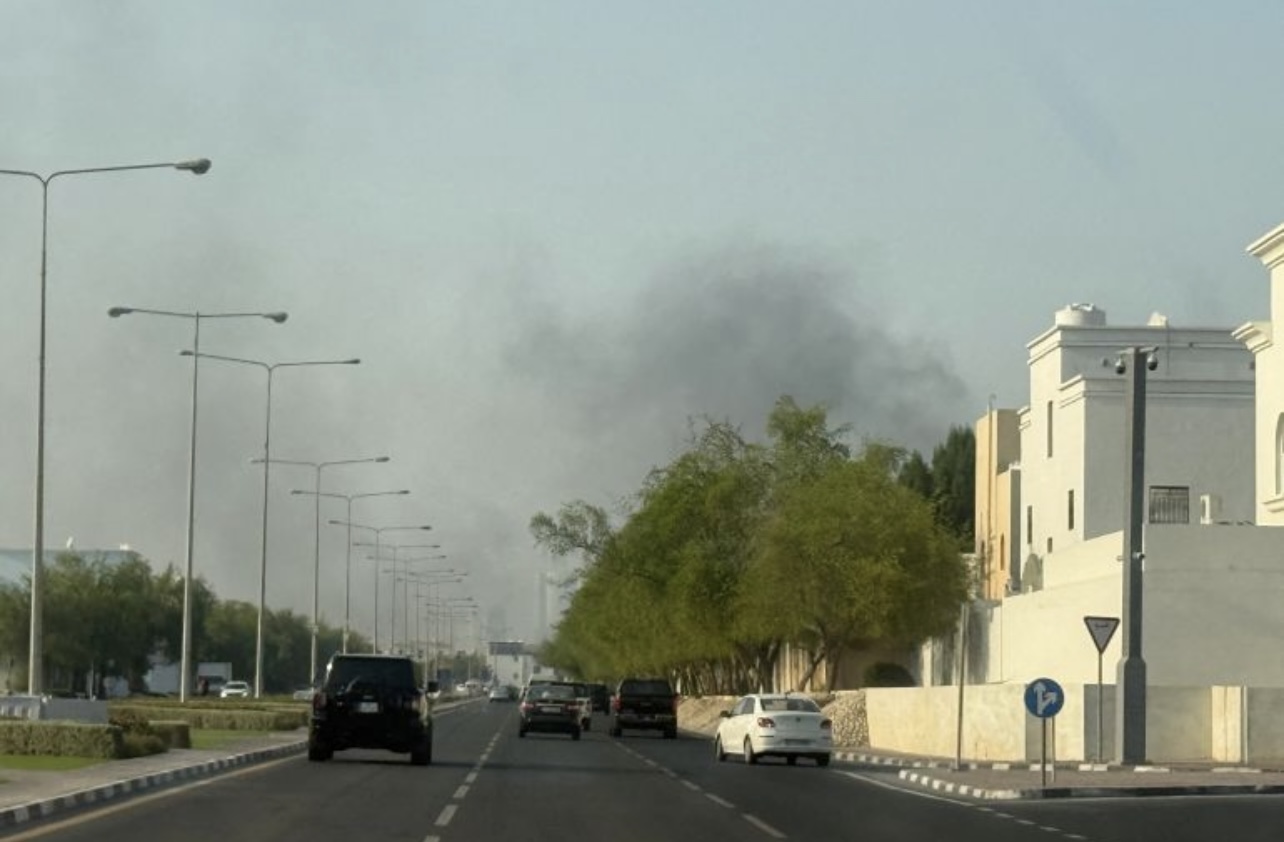Benjamin Netanyahu has made clear that he will not relent in his efforts to pressure Hamas into locating and returning the bodies of those hostages confirmed as dead. After the fragile ceasefire between Israel and Hamas, Israel has already received several remains, but Netanyahu insists that those are only partial returns and demands full compliance from the Islamist movement.
In recent days, Israel has received a handful of deceased hostages via Red Cross mediation, bringing the total repatriated bodies to around eight or nine, depending on Israeli confirmation. Netanyahu, speaking publicly, has reaffirmed that the retrieval mission will not end until every fallen captive is accounted for. He frames this as both a moral duty to the victims’ families and a nonnegotiable term underpinning any further diplomatic progress.
However, the path to locating the remaining bodies is fraught with challenges. Hamas claims it has already returned all the remains it can access, and that recovering further remains would require specialized equipment and extensive excavation amid Gaza’s brutal destruction. Some Israeli intelligence sources, however, believe Hamas may still be withholding or unable to reach additional bodies. The devastated infrastructure, mounds of rubble, shifting control over territories, and hostile terrain all contribute to the complexity of the retrieval.
Netanyahu’s calculus is not purely symbolic. He has indicated that failure by Hamas to comply could prompt a resumption of military operations. He has also tied the commitment to full return of bodies to the broader ceasefire deal: Israel has threatened to restrict flow of aid, pause openings at border crossings, or renegotiate terms if Hamas delays further. Some Israeli ministers have urged a harder line — equating noncompliance with invalidating the ceasefire itself.
Internationally, the tug-of-war over hostages’ bodies has raised deep concerns. Humanitarian groups warn that any interruption to aid access—in response to slow returns—could worsen conditions in Gaza, already beset by shortages of food, fuel, and medicine. Meanwhile, mediators press both sides to adhere to the existing framework and warn that failing to resolve this issue threatens to unravel the broader ceasefire.
So far, Netanyahu’s posture has merged political, strategic, and emotional appeals. For a population deeply affected by the trauma of hostages and the war, he emphasizes that the state must leave no stone unturned in returning the dead. In internal Israeli politics, this stance also shores up his image as staunch on security and unwilling to show weakness toward Hamas. At the same time, however, he must balance that with the risks of renewed fighting and international pressure over humanitarian conditions.
The coming days are likely to test the durability of the ceasefire. If Hamas cannot—or will not—produce additional remains, Netanyahu’s threat to return to war could become more than rhetoric. But a renewed offensive risks opening a broader crisis: civilian casualties, diplomatic fallout, and the collapse of any hope for postwar reconstruction in Gaza.



